RL Tasting Notes Series
a delectable series of music, wine, and dinner with Dr. Madeline Anderson, pianist, and Cecilia Barretto, sommelier
Dr. Madeline Anderson and Cecilia Barretto, two experts in their fields, team together to create an unforgettable experience: their collaboration is a delectable series of music and wine. Anderson brings forward her classical piano expertise, as well as her research on sensory blending with music, and Cecilia brings her skill and knowledge for tasting, pairing, and edutainment on the topic of wine.
Dr. Anderson researched sensory blending during her music doctorate and became fascinated with the combining of flavors, scents, and textures paired with sounds from the piano. Her research indicated that audiences benefit from a “sensory synthesis” during live performances; attention to the blending of senses helps listeners stay in the present moment and emotionally connect with the music on a deeper level. Cecilia’s passion for wine started 22 years ago, to include three years in Burgundy for an MSc in Wine Business, and many exam trips to Napa to complete the Level 4 Diploma of the Wine & Spirit Education Trust (WSET). For the last three years she has run a wine edutainment business, with a particular joy for events with pairings that go beyond food. Naturally, the opportunity to collaborate with Dr. Anderson to combine the sensory pleasures of wines and music was one not to be missed.
Together, they have paired music with wine to intentionally enhance both the audience’s listening and tasting experiences. Event attendees will sit back, sip, and listen, as Dr. Anderson performs music and shares insight on music cognition and Cecilia guides the wine tasting and pairings to complement the music.
Following this, attendees will be treated to another joy of the senses with a seated dinner paired with the wines featured during the tasting, as well as opportunities to mingle and share in discourse on the sensory blending of the evening.
Series I
Five Tuesdays of Piano, Wine, and Dinner once a Month
6:30PM Reception - 7:00PM Performance & Presentation - 7:45PM Seated Dinner
Open to the Public - Jacket Required for Men - Open Bar
Limited to 18 Guests
Series I: 5 of 5 - Tuesday, February 4, 2025
Johannes Brahms
Piano Sonata No. 3 in F Minor, Op. 5: 1. Allegro Maestoso
This piece, written in 1853 and published the following year, is unusually large, consisting of five movements, as opposed to the traditional three or four. When Brahms wrote this sonata, the genre was seen by many to be past its heyday. However, Brahms was enamored by Beethoven and composed Piano Sonata No. 3 with a masterful combination of free Romantic spirit and strict classical architecture. As a further testament to Brahms' affinity for Beethoven, the Piano Sonata is infused with the instantly recognizable parts from Beethoven's Symphony No. 5 during the first, third, and fourth movements. Composed in Düsseldorf, the piece marks the end of his cycle of three sonatas, and was presented to Robert Schumann in November of that year; it was the last work that Brahms submitted to Schumann for commentary. Brahms was barely 20 years old at its composition. The piece is dedicated to Countess Ida von Hohenthal of Leipzig. (Wikipedia)
WINE
Movement Theme #1 - romantic, heartfelt, sincere, gentle
Wine: Bassermann-Jordan Trocken, 2018
100% Riesling - James Suckling 91
Movement Theme #2 - big, bold, daunting and minor
Wine: Provenance 2017 (Napa Valley, CA)
95% Cabernet Sauvignon, 2% Petit Verdot, 2% Cabernet Franc, 5% Merlot, .5% Petite Sirah
Movement Theme #3 - triumphant, resolute, confident
Wine: Château Malescot St. Exupéry 2014 (Margaux, Bordeaux, France)
50% Cabernet Sauvignon, 35% Merlot, Cabernet Franc, Petit Verdot
Wine: Stag's Leap The Investor, 2020
40% Merlot, 30% Petite Sirah, 20% Cabernet Sauvignon, 10% Malbec
Dinner Menu for February 4, 2025
Jamón Ibérico Crostini
Amuse-bouche
❦
Squid Ink Fettuccine with Confit of Egg Yoke
Vegetarian Alternate: Fettuccine with Confit of Egg Yoke
❦
Pistachio Crusted Lamb Chop with Feta & Spinach Stuffing
Vegetarian Alternate: Golden Tofu filled with Spinach, Onions and Mushrooms
❦
Crêpes Suzette
You will have an opportunity to indicate your dietary preferences when you purchase your ticket.
Purchase Tickets
These nonrefundable tickets are transferable.
Click on the appropriate icon to purchase tickets.
Series I Dates
Tuesday, October 15, 2024
Tuesday, November 12, 2024
Tuesday, December 10, 2024
Tuesday, January 7, 2025
Tuesday, February 4, 2025
Series I: 1 of 5: Tuesday, October 15, 2024
Debussy - Price - Chopin
Debussy: L’isle Joyeuse | Florence Price: Clouds | Chopin: Sonata no. 3, Second Movement
Claude Debussy was inspired by a painting, blending two senses himself: the visual and the aural. Emotional themes in L’isle Joyeuse include excitement, exoticism, and sensuality. Florence Price’s Clouds is a delightful piece full of imaginative textures, bright and sparkly flourishes, and sweeping melodies. Chopin’s Sonata No.2 features both a glittering and virtuosic section and a beautiful, lush, harmonious lyrical section. The juxtaposition of the rapid virtuosic “A” section, and slower, heart wrenching “B” section create emotional depth and complexity. These selections are short and sweet, yet dazzle with complexity and sophistication.
Debussy: L’isle Joyeuse paired Crémant, the unsung hero of French sparkling wine
Claude Debussy was inspired by a painting, blending two senses himself: the visual and the aural. Emotional themes in L’isle Joyeuse include excitement, exoticism, and sensuality.
Wine Pairing: Crémant - Bubbles are the epitome of life’s moments of excitement, exoticism, and sensuality. Crémant is also with the French theme of French composer and French title ‘L’isle Joyeuse’, inspired by French painting "L'embarquement pour Cythère" by the French painter Jean-Antoine Watteau. Early notes of this piece are also like the sparkling sensation of sparkling wine.
Florence Price: Clouds paired with a White Rhône Blend
Florence Price’s Clouds is a delightful piece full of imaginative textures, bright and sparkly flourishes, and sweeping melodies
Wine Pairing: White Rhône Blend - In the shadow of the famous Rhône reds. A blend of grapes, a blend of styles, just like this piece. A forgotten about wine w/ a forgotten about piece, until now, being rediscovered.
Chopin: Sonata No. 3, Second Movement (Scherzo) paired with a Merlot
Chopin’s Sonata No. 3 features both a glittering and virtuosic section and a beautiful, lush, harmonious lyrical section. The juxtaposition of the rapid virtuosic “A” section, and slower, heart wrenching “B” section create emotional depth and complexity.
Wine Pairing: Merlot - The word ‘scherzo’ comes from the Italian word scherzare, which means "joke". However, Chopin created his scherzo in a no-joke, serious style, and treated it like a movement. In this same light, Merlot can be a range of styles from light and joke-like, to serious and some of the most expensive wines in the world. This range of Merlot styles also mirrors the juxtaposition styles of the rapid virtuosic “A” section, and slower, heart wrenching “B” section of this song.
October 15, 2024 Dinner Menu
Scallop Ceviche with Avocado & Mango
Amuse Bouche
❦
Fettuccine with Salmon
Crème Fraîche - Smoked Salmon - Salmon Roe
❦
Chicken Roulade
Spinach - Artichoke - Feta - White Wine Sauce
❦
Crème Brûlée
Series I: 2 of 5 - Tuesday, November 12, 2024
Ravel & Rachmaninoff
Maurice Ravel: Ondine | Sergei Rachmaninoff: Prelude in D Major, Op. 23 No. 4
Ravel: Ondine
This piece is the first of three in Ravel's famous collection Gaspard de la Nuit. Each piece is paired with a poem. Ondine depicts a siren/nymph who attempts to seduce a mortal man. This piece is multidimensional; it includes both quiet control and wild, tumultuous chaos. The opening features a light and glittery rhythmic pattern and in the upper register of the piano. The piece becomes increasingly intense with extreme dynamic ranges and roaring climaxes. Descriptions that tie the music to our wine pairing: Bright, clear, refined, wild, sophisticated, mysterious.
Wine Pairing: Ondine (Part A) - Ethereal / Tranquil Section - Soléna Estate 2019 - Willamette Valley, Oregon, USA
Wine Pairing: Ondine (Part B) - Boisterous Section - Belle Glos Las Alturas 2021 - Santa Lucia Highlands, California, USA
Rachmaninoff: Prelude in D Major, Op. 23 No. 4
Rachmaninoff's music is complex and soulful. This prelude is a gorgeous and robust piece featuring lyrical and expansive melodies, and complex passages both intellectually and emotionally. Part of what makes this music complex is the rhythmic layering. The pedal catches low bass notes and creates depth in combination with expansive chords in the right hand. Descriptions that link the music to our wine pairing: strong, robust, lush, romantic, deep.
Wine Pairing: La Dame de Malescot 2016 - Margaux, Bordeaux, France
Series I: 3 of 5 - Tuesday, December 10, 2024
Franz Liszt
Ballade No. 2 in B minor, S. 171 (1853)
Hungarian composer and pianist Franz Liszt (1811-1886) is widely known for his flashy, virtuosic, and dazzling piano repertoire. His pieces are exceedingly technically demanding and have captivated audiences for nearly two centuries. Liszt was a prolific performer and a popular music icon of his time; there was even a phenomena music historians refer to as "Lisztomania" that involved female fans going into hysterical frenzies – and even fainting – at Liszt's concerts.
While much of his music displays athleticism and flashy technique, Liszt's compositions also feature deeply spiritual, beautiful, and solemn writing. The Ballade No. 2 in B minor is a perfect synthesis of showy virtuosity and beautiful intricacies. This piece is allegedly based off of the Greek myth of Hero and Leander. Musical connections to the Greek myth will be demonstrated at Tasting Notes.
Wine Pairings:
Part 1: dark and stormy - Mer Soleil Chardonnay 2020 (Santa Lucia Highlands, Monterey, Central Coast, California)
Part 2: angelic and pure - Böen Pinot Noir 2022 (Monterey County & Santa Barbara County, California)
Part 3: romantic and lush - Amalaya 2020 Malbec, Tannat, Petit Verdot (Calchaqui Valley, Salta, Argentina)
Dinner Menu
December 10, 2024
Asparagus Soup
Amuse-bouche
❦
Lobster and Shrimp Pot Pie
with Phyllo Dough
Vegetarian Alternate: Mushroom Pot Pie
❦
Braised Boneless Wagyu Short Rib
with House-made Fettuccine
Vegetarian Alternate: Vegetable Fettuccine
❦
Sachertorte
You will have an opportunity to indicate your dietary preferences when you purchase your ticket.
Series I: 4 of 5 - Tuesday, January 7, 2025
Chopin
Chopin Sonata No. 3 in B Minor, Op. 58: III. Largo
Chopin has returned to Tasting Notes! This iconic third movement is a musical gem and a favorite among pianists and Chopin listeners alike. While it is nestled amid the highly exciting and lively Sonata No. 3 in B minor, it functions well as a lovely standalone piece. This Largo movement features highly expressive lullaby-like melodies, heavy emotional statements from the rich depth of the bass, and delicate motifs and flourishes. Chopin's somber, reflective, and poetic side is highlighted in this magnificent work. While this piece resides primarily in the typically cheery keys of E and B major, there is a heart-melting effect created by lilting phrases and caressing accompaniment textures. Snippets of the surrounding movements will be provided for context.
WINE
Banfi Brut Metodo Classico (Montalcino, Italy) - Pinot Noir, Chardonnay and Pinot Blanc
Neyers Chardonnay 2018 (Carneros, California) - 100% Chardonnay
BACA Double Dutch 2020 Zinfandel (Paso Robles, California) - 100% Zinfandel
Tenuta Sette Ponti Oreno 2019 (Toscana, Italy) - 50% Merlot, 40% Cabernet Sauvignon, 10% Petit Verdot - James Suckling 99
Dinner Menu for January 7, 2025
Polenta Crostini with Pickled Onions and Gorgonzola Crumbles
Amuse-bouche
❦
Pan Seared U10 Sea Scallops with Lobster Sauce
Vegetarian Alternate: “Scallops” made with King Oyster Mushroom
❦
Veal au Poivre with Tempura Fried Onion Rings
Vegetarian Alternate: Portobello Mushroom Steak
❦
Basque Cheesecake
You will have an opportunity to indicate your dietary preferences when you purchase your ticket.
Dr. Madeline Anderson
Classical pianist Dr. Madeline Anderson, born in 1995, is currently based in San Antonio, TX. She holds degrees from the Eastman School of Music (BM ‘17), Texas State University (MM ‘19), and the University of Iowa (DMA in Piano Performance and Pedagogy '23). While pursuing her DMA, Anderson studied piano under the tutelage of Dr. Ksenia Nosikova. Anderson pursued a “secondary area” in Music Theory and worked closely with music theorist and composer Dr. Matthew Arndt. Dr. Anderson's previous piano mentors include Hans Boepple, Dr. Enrico Elisi, Ann Schein, and Dr. Jason Kwak. One of Dr. Anderson's interests is audience and listener engagement, particularly at live piano performances. Anderson's dissertation essay centered around active listening and sensory involvement – both literally and conceptually – as a means to heightened engagement, enjoyment, and understanding in listeners. Using sensory involvement as the cornerstone, Anderson developed a listening activity – Attend, Notice, Blend – for this project and was fortunate to conduct a research study at the University of Iowa debuting her listening activity. Results indicated significant overall improvement in the experience of audience members with the listening activity in place. This research project has inspired and informed Anderson’s performance trajectory.
Dr. Anderson enjoys teaching and connecting with students of various levels. At the collegiate level, she has taught at Kirkwood Community College (2022-2023), and held teaching assistantships at Texas State University and the University of Iowa where she taught group piano courses, private piano lessons, and accompanied instrumentalists. During her time in Iowa, Anderson maintained a private piano studio and was on faculty at the University of Iowa Community Music Lesson Program. Anderson also previously taught at the FunKey Piano Project (San Marcos, Texas) and the Orpheus Academy of Music (Austin, Texas). Currently, Dr. Anderson teaches private piano lessons at MACSA (Musical Arts Center of San Antonio), and holds an adjunct position at Northwest Vista College where she teaches Music Theory and Group Piano.
As for performing, Anderson has a passion for sharing music and enjoys staying active with solo performances in San Antonio, with a focus on community engagement. Recent 2024 performances involved analysis of the word "dolce" in regards to music interpretation and execution. Audience members were provided with chocolate candies to enjoy during the performance for a complete dolce experience. Anderson has participated in, and won awards in, numerous piano competitions and events. Most recently, Madeline was named a 2020 MTNA Young Artist Competition state winner (Iowa), won the Third Prize at the Second International PianoArt competition, and was a finalist at the 2020 Sound Espressivo competition. In addition to her solo music endeavors, Madeline is a passionate chamber musician and enjoys collaborating with colleagues. When Dr. Anderson is not playing or teaching music, she can be found at the gym teaching cardio, strength, and pilates classes.
Cecilia Barretto
Cecilia Barretto is a wine expert whose passion for wine began 22 years ago. She spent three years in Burgundy, France pursuing her MSc in Wine Business. From there she continued on to attempt the “Mt. Everest of Wine Certifications”, the Level 4 Diploma Certification of the Wine & Spirit Education Trust (WSET), a certification held by less than 13,000 people worldwide. Cecilia is one exam away from reaching the proverbial summit. For the last three years she has run her Wine Edutainment Events business in San Antonio, Texas, hosting both private and corporate wine events. She is also a Certified WSET Wine Educator, teaching the Levels 1 & 2 Certifications in San Antonio, Austin, and the Hill Country. Her favorite wines to drink are: Dry sherries, sparkling wines, and Italian wines. Cecilia’s other passions include cooking, cheese, jazz music, dad jokes, meditating, Frank Sinatra, and her corgi, Ms Vita.
PARKING AT THE ROOSEVELT LIBRARY
The Roosevelt Library has about 50 complimentary self-parking spaces available to guests. Street parking is often available. Vehicles are not to be left in the Roosevelt Library parking lot overnight. The Roosevelt Library will not be liable for theft or damages to vehicles or the contents of vehicles.
MAP TO THE ROOSEVELT LIBRARY
HISTORY OF THE ROOSEVELT LIBRARY
The First Carnegie Library of San Antonio opened in 1903. The original building at 210 W. Market Street was constructed with funding donated by Andrew Carnegie, on property donated by Caroline Kampann. On September 9, 1921, a storm event created from the remnants of a hurricane moved through Central Texas and produced over seven inches of rainfall in downtown San Antonio and the near west side of the city. The flooding forced the temporary closure of the Carnegie Library. It was razed in 1929 and the new main library was completed in August 1930 on the original site. The name changed from Carnegie Library to San Antonio Public Library.
In 1929 the Roosevelt Park Branch Library, San Antonio’s South side library, opened and in 1968 it closed. The building is located across from the Roosevelt Park which marks the beginning of the Mission Reach Ecosystem Restoration and Recreation Project, an eight mile stretch of the San Antonio River that has received designation as a UNESCO World Heritage site. Designed in the Spanish Colonial Revival style, the building’s architect was John Marriott who also designed the Carnegie Library in Delaware, Ohio. Leland Stone purchased the building in 2013. The building is the home of the Roosevelt Library Social Club.

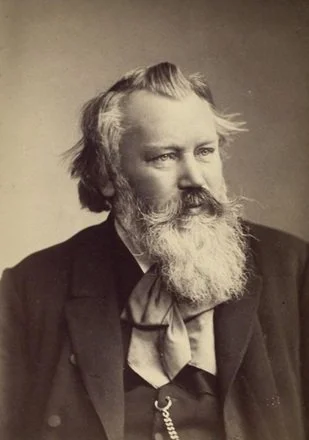
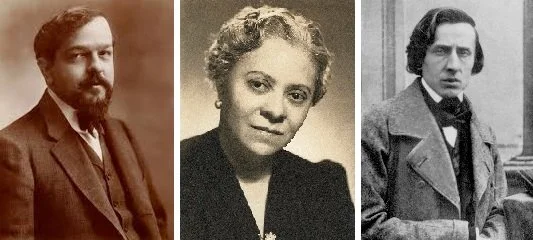
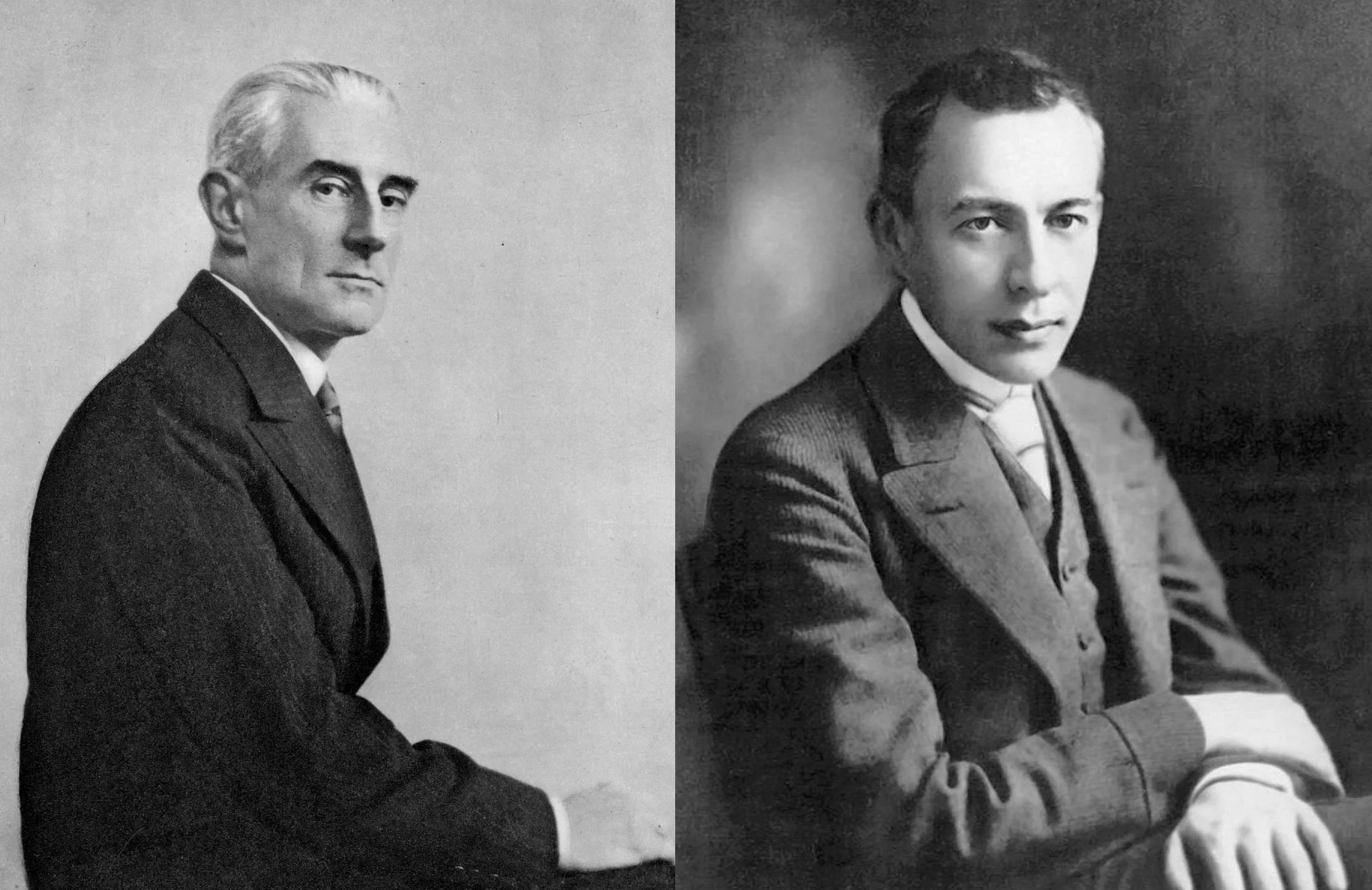
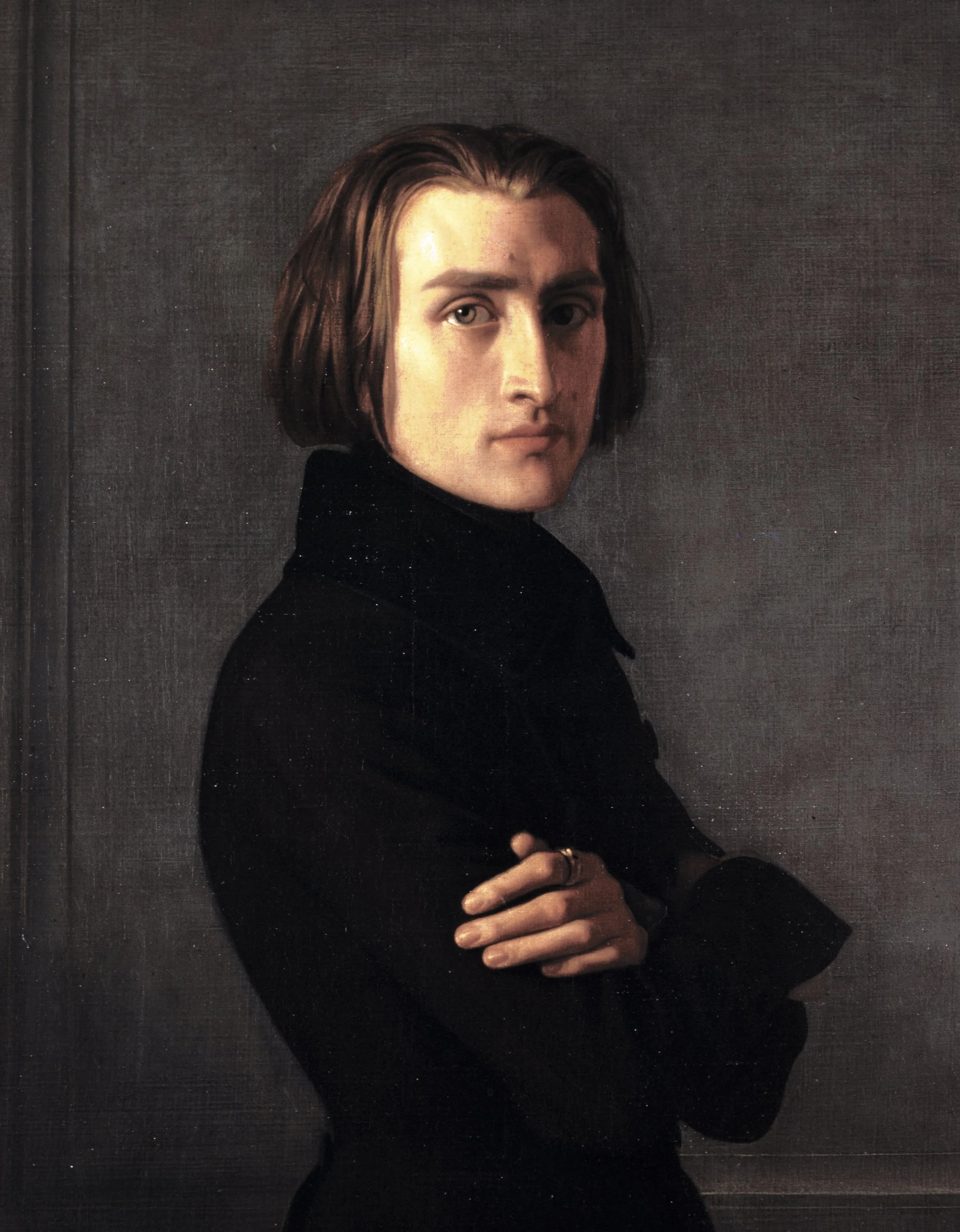
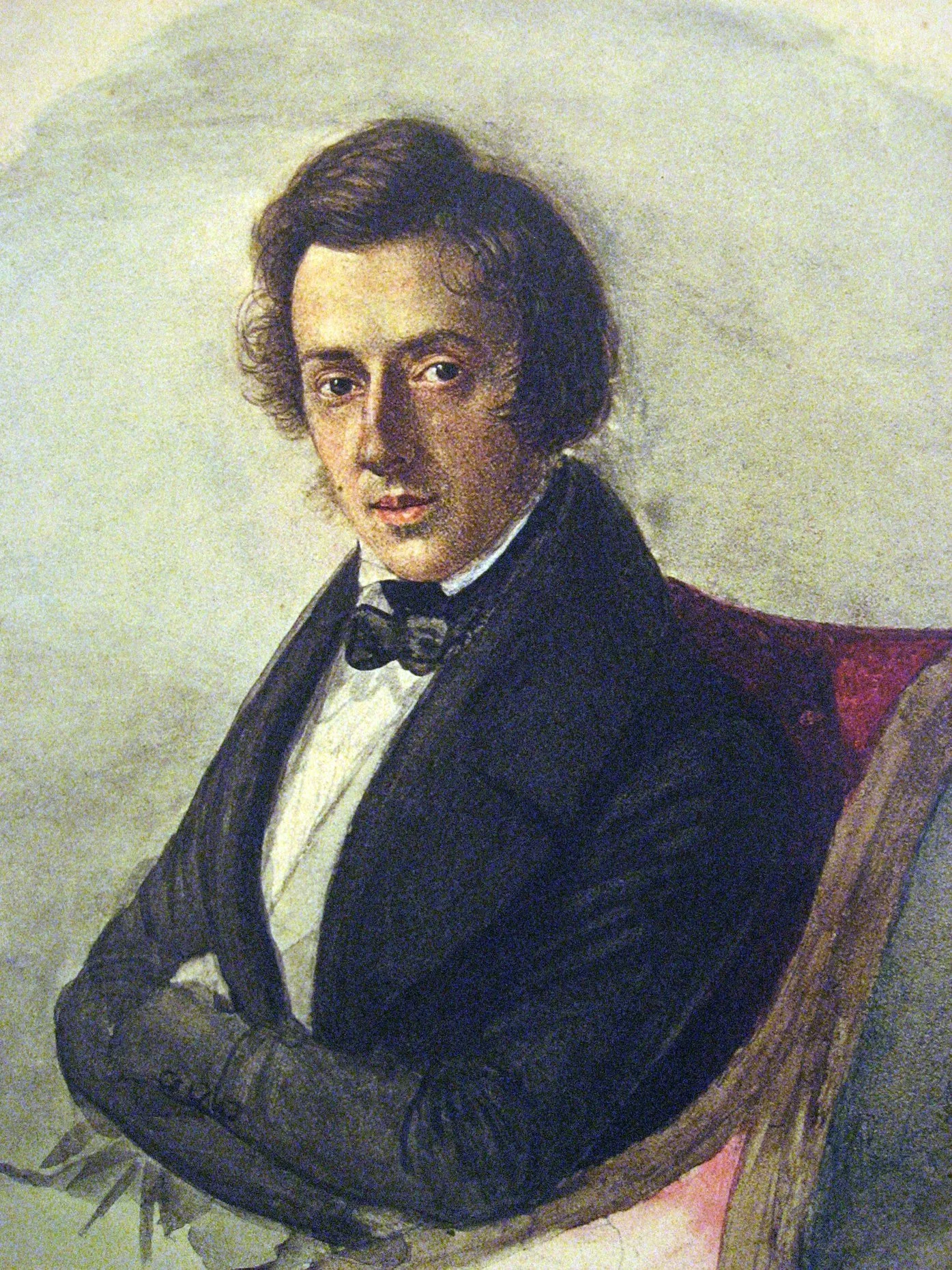


Open bar. Dietary preferences accommodated.
This nonrefundable ticket is transferable.